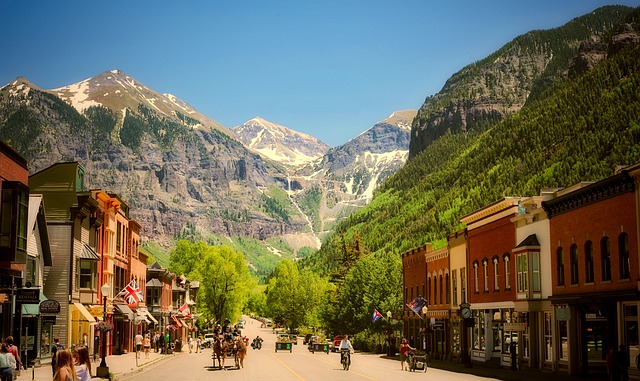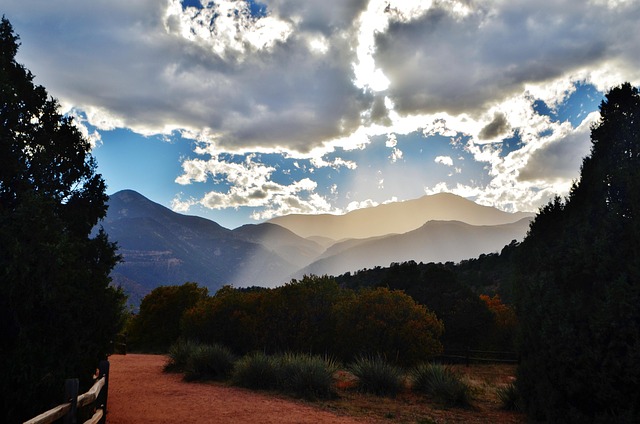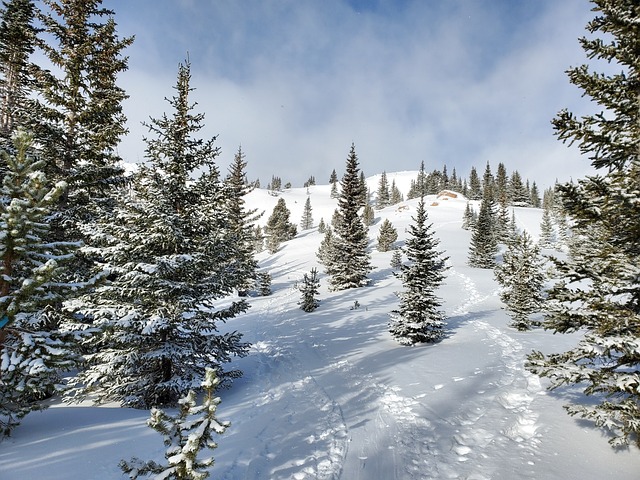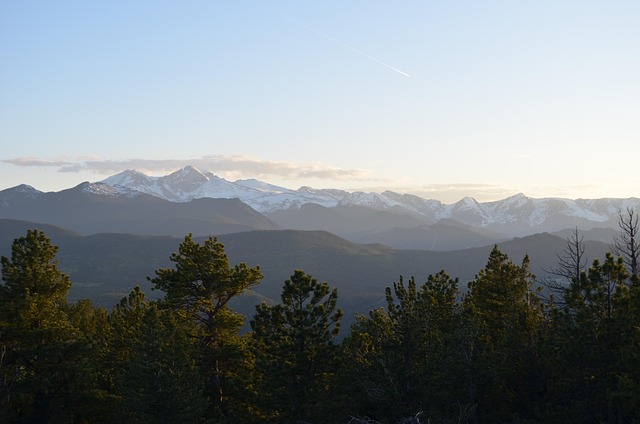The desert landscape offers unique opportunities in the real estate sector, attracting residents and tourists seeking tranquility with its stunning views and off-road access. This trend has led to the development of luxury resorts, eco-friendly retreats, and exclusive communities that blend harmoniously with the environment. Real estate developers are incorporating sustainable practices like renewable energy and water conservation to preserve these ecosystems while providing exceptional lifestyle experiences. Outdoor activities drive economic growth and cultural exchange, fostering environmental stewardship through responsible land management and eco-friendly accommodations. Balancing development with preservation is crucial for protecting these unique desert ecosystems for future generations.
Discover the enchanting world of outdoor recreation in desert landscapes, where stark beauty meets vibrant activity. This article explores the allure of desert scenery from a real estate perspective, highlighting how these unique environments draw visitors and investors alike. We delve into the impact of outdoor activities on local communities, fostering growth and cultural exchange. Additionally, sustainable practices for desert recreation areas are discussed, emphasizing responsible stewardship for these precious ecosystems, all while considering their potential as lucrative real estate opportunities.
The Allure of Desert Scenery: A Real Estate Perspective
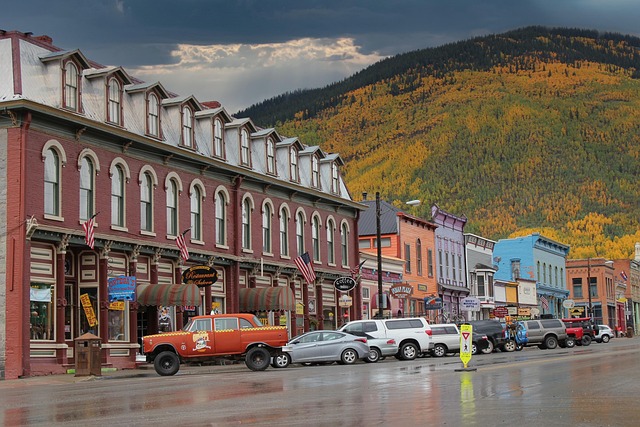
The desert landscape, with its vast expanse of sand, rugged mountains, and otherworldly hues, has long captivated the human spirit. From a real estate perspective, this allure translates into unique opportunities for development and investment. The demand for properties offering stunning desert views or situated within easily accessible off-road destinations continues to grow, attracting both residents and tourists alike. Many people are drawn to the tranquility and serenity that deserts offer, seeking a break from the hustle and bustle of urban life.
This trend has led to the emergence of luxury resorts, eco-friendly retreats, and exclusive residential communities designed to maximize the beauty of the desert setting. Real estate developers are increasingly incorporating sustainable practices into their projects, recognizing the delicate balance of these ecosystems. By embracing renewable energy sources, water conservation techniques, and responsible land management, they aim to create harmonious connections between humans and the desert environment, ensuring its preservation for future generations while offering unparalleled lifestyle experiences.
Outdoor Activities and Their Impact on Local Communities
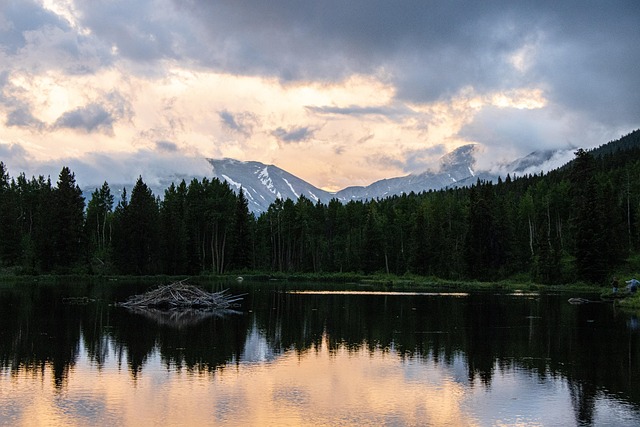
Outdoor activities in desert landscapes can have a profound impact on local communities, both economically and culturally. Activities like hiking, camping, and off-roading attract visitors from around the world, boosting the local tourism industry and providing much-needed revenue for communities often reliant on real estate and natural resource management. This influx of visitors not only supports local businesses but also raises awareness about the area’s unique ecosystem and cultural heritage.
Moreover, these outdoor recreation opportunities can foster a sense of community among locals, encouraging residents to preserve and protect their precious desert landscapes. Engaging in such activities together strengthens bonds and fosters a collective responsibility for the environment. This, in turn, can lead to more sustainable practices and better conservation efforts, ensuring that both visitors and residents alike continue to enjoy these breathtaking natural wonders for years to come.
Sustainable Practices for Desert Recreation Areas

In the vast and arid landscapes of deserts, outdoor recreation areas have become increasingly popular, attracting folks seeking unique adventures. However, as demand grows, it’s crucial to adopt sustainable practices to preserve these delicate ecosystems. One key aspect is responsible land management; this involves implementing measures to minimize environmental impact. For instance, developing trails that wind through desert scenery reduces the need for extensive road construction, protecting valuable vegetation and wildlife habitats.
Additionally, promoting eco-friendly accommodations in desert real estate can significantly enhance sustainability. Using renewable energy sources, such as solar power, and adopting water conservation techniques are game-changers. These practices not only reduce the carbon footprint of recreational facilities but also ensure the long-term viability of these areas for future generations to enjoy.


